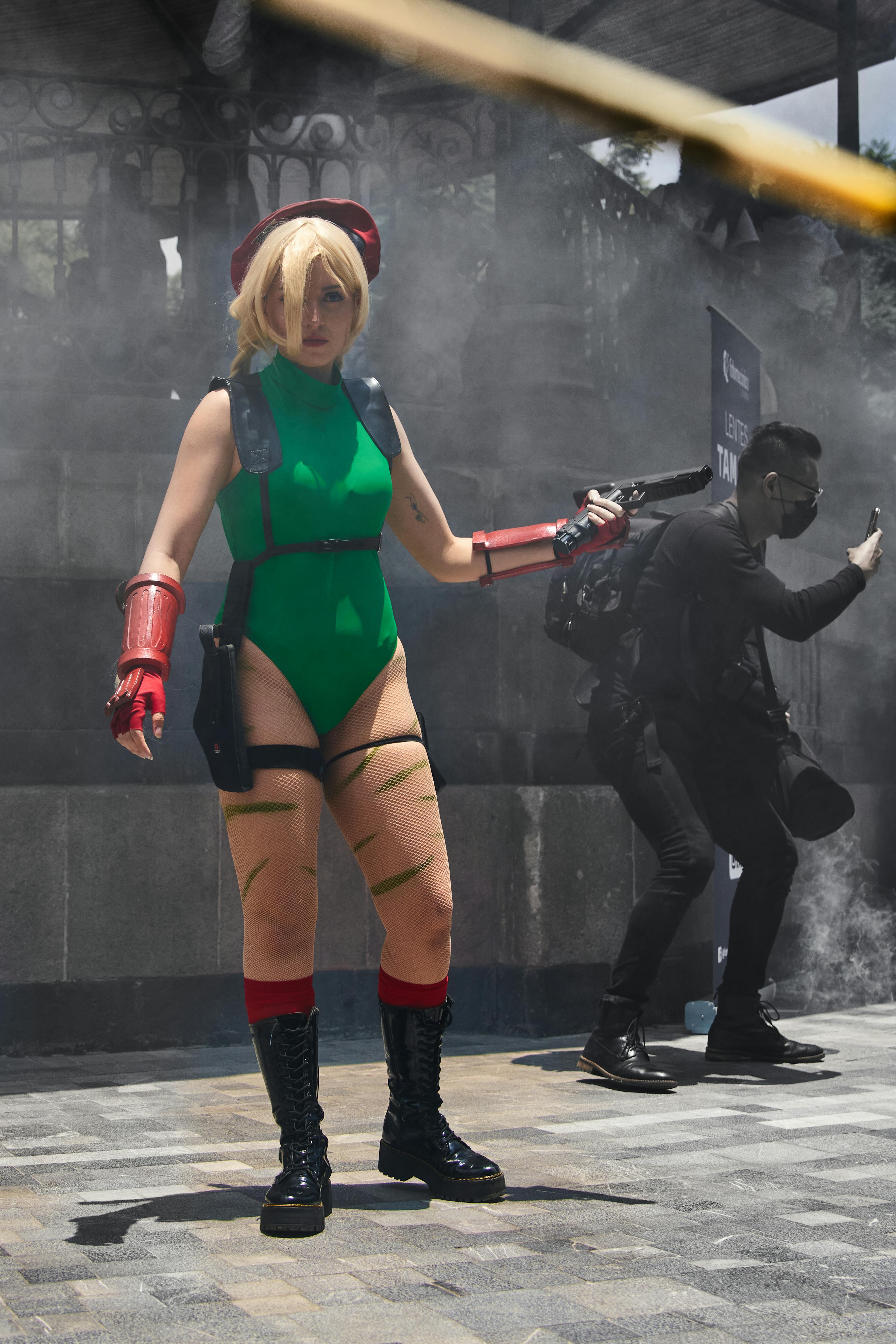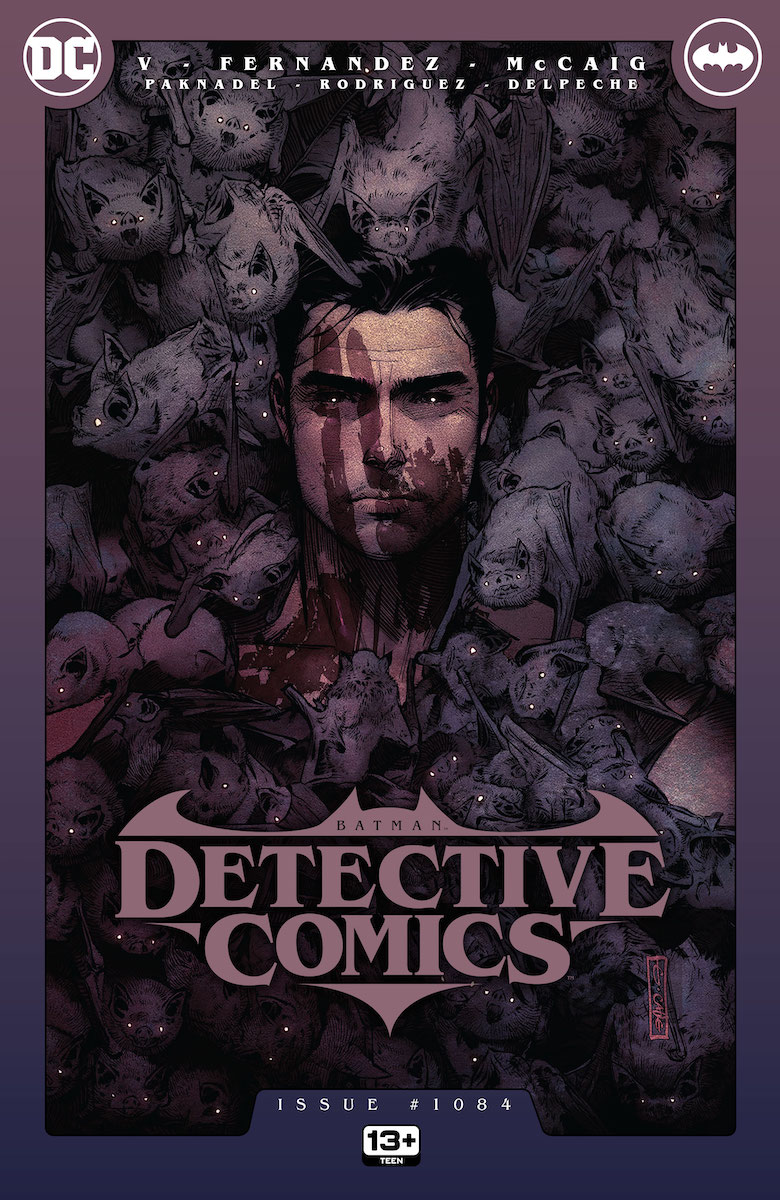
Essential Guide to the DC Comics Universe
The world of DC Comics is a vibrant landscape filled with iconic superheroes, complex narratives, and a rich history that spans generations. Originally dubbed "Detective Comics," this publisher has shaped the comic book industry since its debut in the early 20th century. From the extraordinary feats of Superman to Batman’s gritty adventures in Gotham City, the DC universe captivates audiences with its diverse characters and storytelling techniques. Fans of all ages are drawn to the engaging plots and the interplay between the superheroes, making DC not just a comic book publisher, but a cultural phenomenon.
The importance of DC Comics can be seen in its role as a pioneer in the superhero genre, introducing characters that resonate with the struggles and victories of the human experience. Furthermore, the evolution of comic book storytelling has allowed for intricate plots and layers of character development that enthrall die-hard fans and casual readers alike. This article will explore the essentials of DC Comics, from its history and major superheroes to its cultural impact and comparison with Marvel Comics.
In this guide, we will delve into:
- The legacy and history of DC Comics
- Iconic superheroes and their significance
- The growth of the DC universe in film and media
- Discussion of graphic novels vs. traditional comics
- A peek into collector culture and comic book markets
Join us as we embark on this fascinating journey through the pages of comic book history and celebrate the stories that have shaped the genre.

Major Milestones in DC Comics History
Founding and Early Years
The origins of DC Comics trace back to 1934 with the publication of "Detective Comics" #1, which introduced the character of Lee Falk's superhero, The Phantom, among others. The success of this comic led to the formation of DC Comics as we know it today. In 1938, the release of "Action Comics" #1 featured the debut of Superman, heralding the golden age of comics. Superman's introduction redefined the superhero genre, offering a figure of hope and justice in times of global turmoil.
The Golden Age of Superheroes
During the 1940s, DC introduced a plethora of characters that would become legends, such as Batman and Wonder Woman. This period, often referred to as the Golden Age of Comics, showcased not only superhero adventures but also the challenges of the times, with stories reflecting social issues of the day. The character development seen in heroes like Batman, who grapples with his traumatic past, offered readers a deeper understanding and connection to these figures.
The Silver Age and New Directions
Transitioning into the late 1950s, DC Comics experienced a renaissance known as the Silver Age, marked by a revival of superhero stories and a shift in creative direction. Characters such as The Flash and Green Lantern received modern reboots, emphasizing new concepts like the multiverse—a groundbreaking narrative device that expanded storytelling possibilities and introduced alternate realities. This era fostered crossovers that became a staple of comic book events, affecting the fundamental structure of comic storytelling.
Comics and Culture
DC Comics infiltrated popular culture throughout the decades, leading to a multitude of adaptations across different media, including television shows, animated series, and blockbuster films. These adaptations, particularly the success of the Batman animated series in the 1990s and the recent DCEU films, showcased the versatility of DC characters. The iconic portrayal of heroes like Aquaman and the Justice League in films has rekindled interest in the comic book market, inviting new audiences into the fandom community.
Present-Day Significance and Impact
Today, DC Comics stands as one of the major comic publishers, exploring themes of diversity and representation within its narratives. Modern comic book culture has embraced concepts of inclusivity with the introduction of strong female superheroes like Harley Quinn and the adaptation of lesser-known characters into mainstream media. The community around DC fandom has only grown with the rise of comic conventions and online platforms, connecting fans and fostering discussions about beloved characters.
With this foundational understanding, we can now explore some of the most legendary superheroes crafted by DC Comics.
Iconic Superheroes of the DC Universe
Superman: The Original Superhero
Superman is arguably the most recognizable superhero globally. First introduced in "Action Comics" #1, he has become a symbol of hope, morality, and justice. His story embodies the classic superhero origin, navigating the trials of being an alien in human society while protecting Earth against formidable foes. Superman's enduring popularity can be traced to his embodiment of ideals and the complex relationships he nurtures with other characters in the DC universe.
Batman: The Dark Knight
Batman, the alter ego of Bruce Wayne, offers a stark contrast to Superman's light. His narrative is steeped in a darker, grittier tone that resonates with many fans. The character’s psychological depth is characterized by his tragic backstory and relentless quest for justice. Batman’s rogues' gallery, including villains like the Joker and Catwoman, provides rich storytelling opportunities that have been explored through various comic arcs, animated series, and films, making him a cornerstone of DC Comics.
Wonder Woman: A Symbol of Feminine Strength
Created during World War II, Wonder Woman represents female empowerment and has become an enduring icon in both comics and broader culture. Her origins on Themyscira, coupled with her combat skills and diplomatic approach, showcase the duality of her character—providing readers with an inspirational archetype. Wonder Woman's recent film adaptations have revitalized her popularity, emphasizing the importance of representation in superhero narratives.

The Flash: Master of Speed
The Flash, or Barry Allen, embodies the excitement of speed and time travel. His powers are not only thrilling but also serve as metaphors for themes of loss and redemption. The Flash's interactions with the multiverse and his ability to alter time create complex story arcs that have captivated readers. His character emphasizes the potential consequences of power and responsibility, making him a pivotal figure in the DC Comics universe.
The Justice League: Assembling Heroes for a Cause
The Justice League represents the pinnacle of teamwork in superhero narratives, combining the strengths of varied heroes like Aquaman and Green Lantern. First formed in "The Brave and the Bold" #28, the League tackles threats that no individual hero can handle alone, showcasing the power of collaboration—a recurrent theme in comic book storytelling. Their recent cinematic adaptations have further popularized the group, highlighting the significance of unity in facing adversity.
DC Comics in Film and Media
The Evolution of Superhero Films
The adaptation of DC Comics into films began with the 1978 classic "Superman," which set the stage for modern superhero films. The narrative established a template for subsequent adaptations, intertwining character development with compelling story arcs. The success of this film helped validate the comic book genre, encouraging studios to invest in expanding superhero narratives in cinema.
Animated Series: A Cultural Staple
The animated series, particularly in the 1990s, revolutionized the portrayal of DC characters. Shows like "Batman: The Animated Series" and "Justice League" offered mature storytelling that respected the source material and attracted diverse audiences. These animated adaptations not only broadened the appeal of DC heroes but also provided a foundation for successful story arcs that were later adapted into comics and films.
Crossover Events: Uniting Comics and Films
Major crossover events in comics have translated into film collaborations, evoking excitement among fans and driving interest towards the source material. Events like "Crisis on Infinite Earths" have fueled the DC cinematic universe, leading to intricate plots and intertwining character arcs that mirror the comic book format. These expansions foster a rich environment for storytelling both on-page and on-screen.
Comic Book Adaptations in Pop Culture
The influence of DC Comics extends beyond traditional comics into various media forms, inspiring popular culture with memorable quotes and themes. The cultural significance of characters like Batman gives rise to numerous merchandise opportunities—from toys to clothing—reinforcing the direction of superhero marketing and outreach.
Collecting and Comic Book Culture
The Rise of Collectible Comics
Comic book collections have grown as a multifaceted hobby that combines nostalgia, investment, and passion. Collectors seek limited-edition comics and rare finds to enhance their collections, while various online platforms have emerged to facilitate trading and selling initiatives. Collectible trading cards further expand this culture, serving as memorabilia that invokes nostalgia for seasoned fans.
Comic Book Shops and Fandom Communities
Comic book shops foster local fandom communities where readers gather to share opinions, host events, and explore the latest titles. These shops serve as crucial hubs for avid fans, promoting a sense of belonging and camaraderie within the comic book culture. The relationships formed in these spaces often extend online, where discussions flourish and fan theories emerge across social media platforms.
Comic Book Conventions: Celebrating Pop Culture
Comic conventions play a significant role in the comic book ecosystem, combining panels, merchandise, and the opportunity to meet creators. Events such as San Diego Comic-Con attract thousands of enthusiasts, highlighting trends in comic book art, storytelling, and diverse representation. Such gatherings nurture creativity and collaboration within the comic book community.
Q&A Section: Understanding DC Comics
What makes DC Comics different from Marvel?
DC Comics and Marvel have different approaches to superhero narratives. DC often emphasizes archetypal mythos in its characters, while Marvel tends to ground its heroes in real-world situations and conflicts. This distinction leads to varied storytelling and character development styles across both major comic publishers.
How has DC Comics adapted to modern trends?
DC Comics has embraced themes of representation and diversity in recent years, introducing characters and stories that reflect modern society. Initiatives to include more female superheroes and address various social issues in mainstream narratives resonate with today's audiences, fostering inclusivity within the fandom community.
What are some must-read DC graphic novels?
Highly recommended graphic novels include "Batman: Year One," which redefines Batman's origins, and "Watchmen," a groundbreaking exploration of superhero ethics. Other significant titles like "Kingdom Come" and "Superman: Red Son" further exemplify the range of storytelling within the DC universe, offering readers insight into character motivations and thematic depth.
How do comic book conventions support the industry?
Comic conventions provide a platform for creators to showcase their work, engage with fans, and drive sales of comics and merchandise. They enhance visibility for independent comics and foster community interaction, which is critical for sustaining interest within the comic book culture.
In conclusion, DC Comics is a cornerstone of comic book history, offering a rich tapestry of beloved characters, deep narratives, and cultural impact. The ongoing evolution of its stories ensures an enduring appeal, connecting with each new generation of readers and viewers alike.